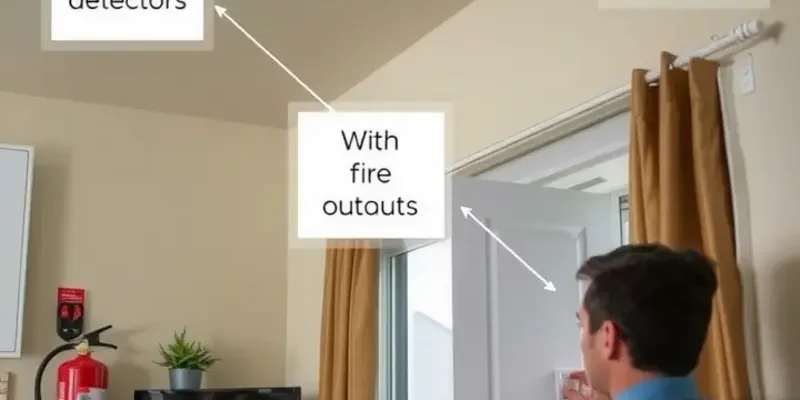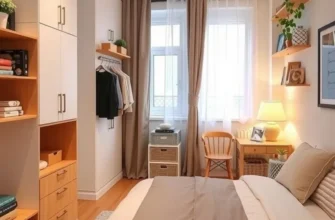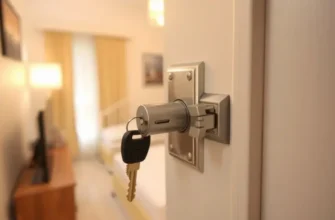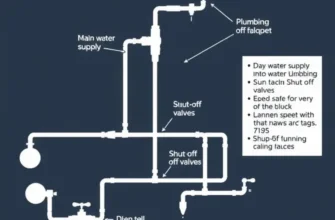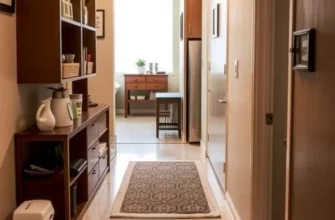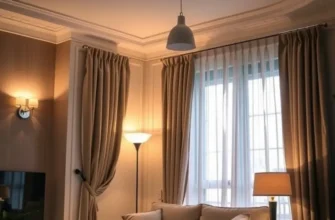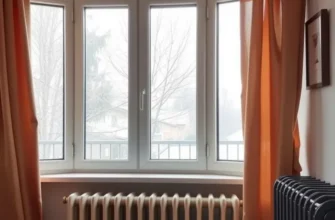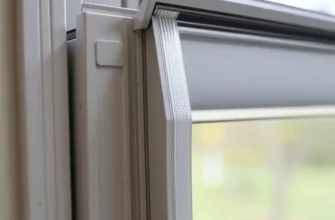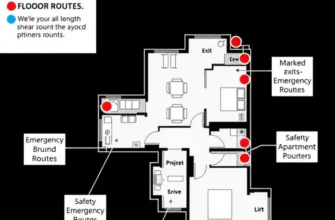Living in an apartment provides numerous benefits, such as convenience and flexibility, but safety should always be a top priority. With the right safety inspections, renters can ensure their homes are secure and well-maintained while enjoying peace of mind. Knowing what to look for during inspections enables residents to spot potential hazards early, helping prevent accidents or break-ins. From checking smoke detectors to ensuring proper locks on doors, being proactive about safety can save time and hassle in the long run. This guide will walk you through essential safety inspections every renter should conduct and provide practical solutions for maintaining a secure living environment. Embracing a safety-first mindset while renting not only protects you but also enhances the overall comfort and quality of your lifestyle. Let’s delve deeper into the world of apartment safety inspections and equip you with the tools needed to make your space worry-free.
The Essentials of Apartment Safety Inspections
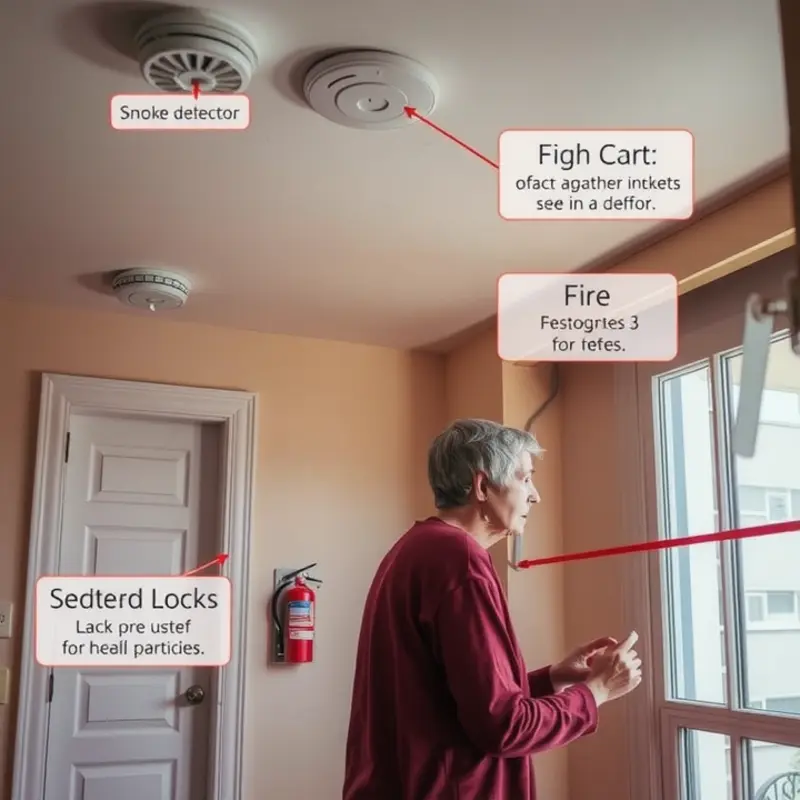
Apartment safety inspections are a vital step in securing your living space. By systematically checking specific areas, you can detect potential hazards early. This proactive approach ensures a safe and comfortable environment.
Start with smoke detectors. These devices are your first line of defense against fires. Verify that each one is functional by pressing the test button, and listen for the alarm sound. If the sound is weak or nonexistent, replace the batteries promptly. It’s also wise to review detector placement. Ensure there is a detector in each major room and particularly near sleeping areas. Smoke detectors can save lives, so treat maintenance seriously.
Next, focus on lock mechanisms. Test all locks on doors and windows thoroughly. Locks should engage smoothly and offer resistance when tampered with. A faulty lock is a significant security risk. Replace or repair any lock that seems loose or compromised. If you’re unsure, consult a professional locksmith for advice. Having secure locks protects you from potential break-ins and increases peace of mind.
The electrical systems in your apartment require careful attention. Inspect outlets for signs of disrepair, such as exposed wires or scorch marks. These indicators signal potential fire hazards. If you encounter such issues, do not attempt repairs yourself; seek help from a qualified electrician. Regular inspections can prevent disasters and ensure your apartment remains a safe haven.
Moving on to fire extinguishers, check their presence in your apartment. They should be easily accessible and within reach in case of an emergency. Examine the pressure gauge to confirm they are charged and ready for use. If you don’t have a fire extinguisher, request one from your landlord or consider purchasing a small, affordable unit. Being prepared can make a critical difference during a fire outbreak.
Water leaks are another crucial aspect of your inspection. Look for evidence of leaks or water damage, especially in bathrooms and kitchens. Peeling paint, damp spots, or a musty odor are signs of moisture problems. Addressing leaks quickly is vital because they can lead to mold growth and structural issues over time. Document any concerns and report them to your landlord without delay, ensuring timely repairs.
By focusing on these key areas, you equip yourself with knowledge vital for long-term rental safety. For additional tips on maintaining a safe and healthy apartment environment, explore these first aid essentials, which complement the proactive measures discussed in this chapter.
Regular inspections not only protect your well-being but also contribute to hassle-free living. A proactive attitude toward safety and maintenance should be part of your renting strategy, allowing you to enjoy your apartment with confidence and security.
Reporting and Maintaining a Safe Living Space
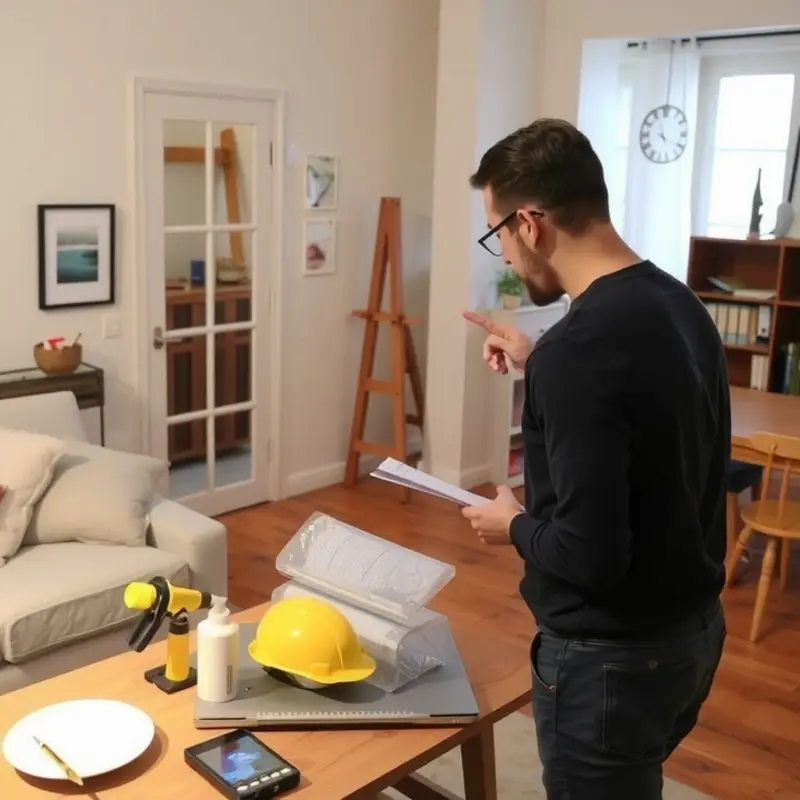
Once you have identified potential safety hazards in your apartment, the critical next step involves effectively reporting these issues to your landlord or property management. Clear communication ensures swift resolution and bolsters the safety and comfort of your living environment.
Begin by assembling a comprehensive report. This should include detailed descriptions of each issue, complemented by photos for visual corroboration. Highlight the gravity of any major concerns explicitly. For example, faulty smoke detectors or broken locks require prompt action to prevent potentially dangerous situations.
It’s crucial to suggest practical solutions when possible. This can facilitate a smoother communication process and demonstrate your proactive approach towards maintenance. Your report should also indicate the urgency of repairs by setting clear deadlines. For instance, state that a faulty smoke detector should be addressed within 24 hours due to safety protocols.
Maintaining regular follow-ups if repairs are delayed is equally important. By keeping the communication channel open, you build a rapport and emphasize the importance of addressing these issues promptly. Regular updates not only show your commitment to living in a secure environment but also underscore the responsibility of the landlord or management.
In addition to reactive measures, adopting preventive strategies is key to sustaining a safe apartment. Establish a routine inspection every six months, checking locks, detectors, and other essential safety features. Regular checks can catch emerging problems early, making it easier to manage them before they escalate. Additionally, maintaining safety checks ties in perfectly with other regular upkeep efforts, such as managing apartment humidity. This holistic approach ensures that your living space remains secure and pleasant.
Equipping yourself with effective communication skills enhances your ability to navigate conversations about safety and maintenance needs. Be assertive yet respectful, ensuring your points are clear and well-articulated. This promotes smoother interactions and expedites the resolution process.
Continual communication and proactive maintenance embody the essence of responsible renting. By prioritizing safety and hassle-free upkeep, you not only enhance your personal comfort but also foster a community-focused living environment.
For more tips on maintaining your apartment, consider exploring our guide on apartment humidity management.
Final words
Taking control of your apartment’s safety through regular inspections and effective communication with landlords can significantly enhance your living experience. Simple steps like checking smoke detectors, window locks, and fire extinguishers can help prevent accidents and enhance your security. By remaining vigilant and addressing issues proactively, you foster a safer, more enjoyable home environment. Remember that communication is key; document your findings and express them clearly for prompt resolutions. With a safety-first mindset, you can create a stress-free living space that prioritizes not only your comfort but also your security. Your apartment should be a refuge, and taking these steps will ensure it remains one.

